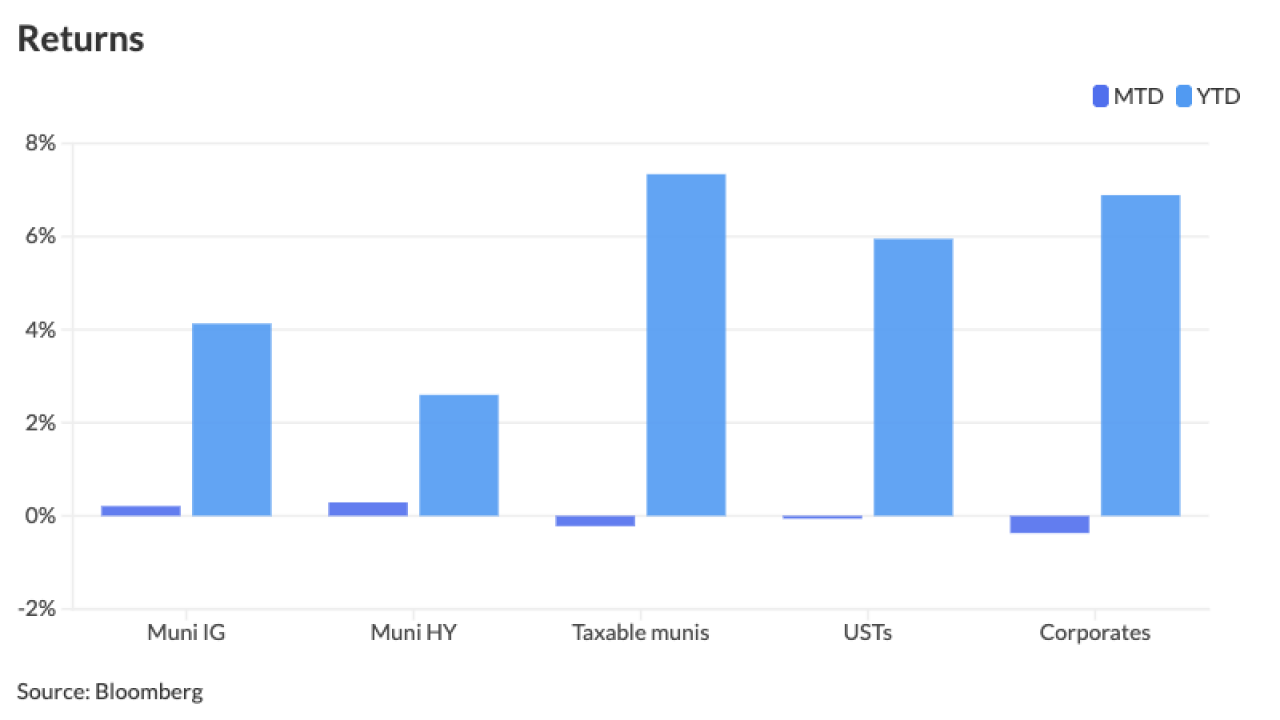Smaller nonprofit borrowers like hospitals and colleges would have cheaper access to capital – primarily through private placements – under a bank-qualified debt provision in the budget reconciliation bill working its way through Congress.
The legislation would mean issuers who borrow no more than $30 million a year — up from the current $10 million cap — would be able to designate the debt as bank-qualified, allowing them to sell directly to banks as private placements. Banks are allowed to deduct their carrying cost on bank-qualified debt, boosting demand, and lowering borrowing costs, for nonprofit borrowers such as rural hospitals and small colleges.
The provision would also apply the $30 million cap to the borrower as opposed to the conduit issuer, where the cap is currently applied. That will open access to smaller borrowers, who are currently blocked by conduit issuers that do lots of larger deals.

The proposal would “really help out the nonprofits and help get them through this pandemic,” said Dennis Reilly, executive director of the Wisconsin Health and Educational Facilities Authority. “It provides them another tool in their financing tool box to make the important work they do more cost effective.”
The American Recovery and Reinvestment Act of 2009 included the same measures, which led to a spike in bank-qualified issuance across the country, according to the Government Finance Officers Association. The qualification lowers debt issuance costs by an estimated 25 to 40bps, the GFOA estimates.
“It was tremendously successful,” said Charles Samuels of Mintz Levin, counsel to the National Association of Health & Educational Facilities Finance Authorities. “There were literally thousands of small government borrowers that were able to get favorable tax-exempt loans from banks during the two years of ARRA," which expired in December 2010.
The bank-qualified category and the $10 million cap were enacted in 1986 as part of the Tax Reform Act, said Adam Gill, executive director of the Montana Facility Finance Authority.
“Ten million got you a lot more hospital” in 1986, Gill said. “Raising that cap to $30 million recognizes the last 35 years of economic growth.”
The reconciliation bill’s proposal to restore tax-exempt advance refundings is also important to the conduits, Reilly said.
“These two provisions are our main priorities,” Reilly said.
It remains to be seen which of the thousands of provisions now in the bill will survive the high-stakes negotiations currently underway among Congressional Democrats.





